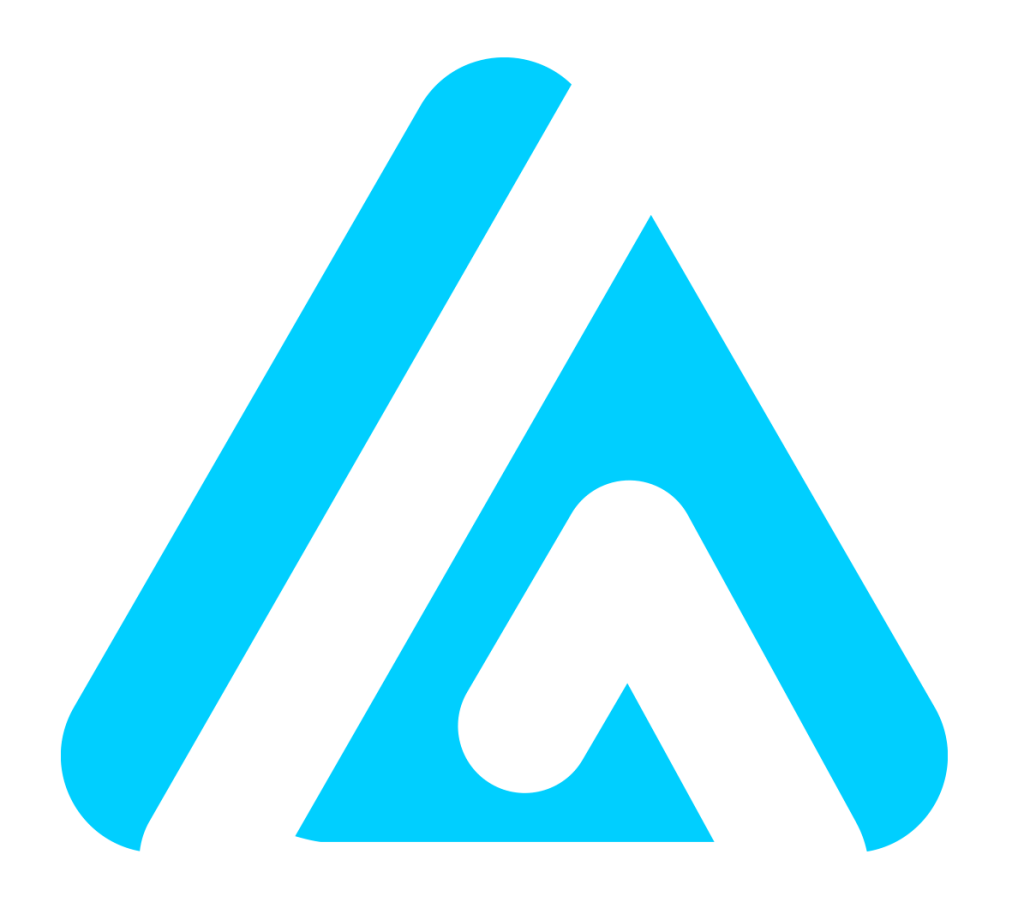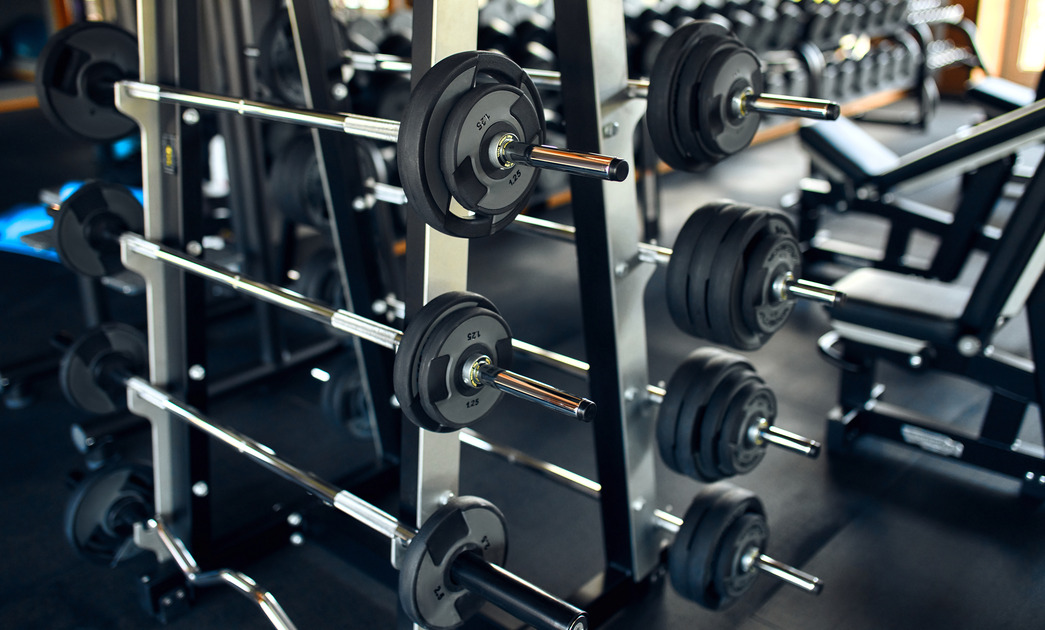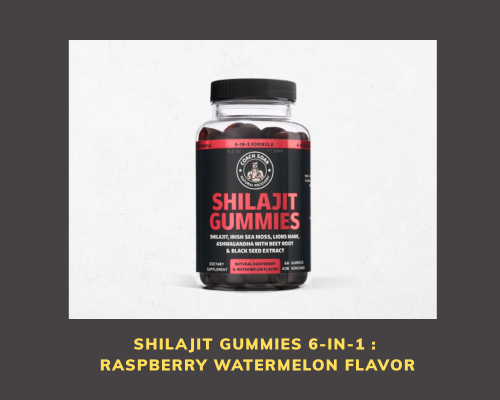Are you ready to transform your body by working out just three days a week? It might sound surprising, but a well-designed 3-day workout split can build serious strength, pack on muscle, and even torch body fat – all without living in the gym. This routine is science-backed and ideal for beginners, intermediates, and advanced trainees alike. It focuses on gym-based exercises (barbells, dumbbells, and machines) to maximize gains in strength, hypertrophy (muscle growth), and fat loss. Let’s dive into why “less is more” and how you can achieve amazing results with a 3-day plan.
Why a 3-Day Split Works (Backed by Science)
Training three days per week strikes an optimal balance between intensity and recovery. With rest days in between workouts, you can train harder each session without burning out. In fact, research shows that ample rest makes your workouts more effective – a 3-day split leaves room for muscle repair and growth, so you can hit each workout fresh and energized setforset.com. As the old saying goes, sometimes less is more!
- Maximize Recovery & Intensity: A 3-day schedule ensures at least 48 hours of rest between sessions, which is great for muscle recovery. This means you can push 100% effort on workout days, knowing you have a rest day to grow stronger.
- Comparable to Higher Frequencies: Worried that training for only three days isn’t enough? Science disagrees. When weekly training volume is the same, lifting 3 days a week can produce similar strength and muscle gains as training 6 days a week. In other words, you don’t need a daily gym habit to see serious results!
- Quality Over Quantity: A classic study found that spreading your weight training across 3 days led to significantly greater strength gains (+38% more) than doing the same volume in a single marathon session journals.lww.com. Frequent, shorter workouts trump one ultra-long session because you maintain a higher quality effort each day.
- Optimal for Muscle Growth: Hitting each major muscle group twice per week is a proven strategy for maximizing hypertrophy. A 3-day full-body split makes this easy by training all muscles roughly two to two to two-to-three times weekly. (In contrast, a typical “bro-split” hits each muscle only once per week, which isn’t as effective for growth.) More frequent stimulation keeps muscles growing while still allowing recovery.
Bottom line: A 3-day workout split gives you enough volume and frequency to trigger strength and muscle gains, with built-in rest to optimize recovery. It’s efficient, effective, and sustainable – perfect for busy lifestyles and lifters who want results without overtraining.
Core Training Principles of This Program
To make a 3-day routine effective, we’ll apply a few science-backed training principles:
- Focus on Big Compound Movements: Each workout centers on compound lifts like squats, deadlifts, presses, and rows. Why? Compound movements recruit multiple muscle groups at once, giving you more bang for your buck. These exercises build functional strength and burn plenty of calories (great for fat loss) in a short time. Pro tip: Do your heaviest compound lifts at the start of each session when you’re freshest, then move to smaller isolation exercises later.
- Progressive Overload: Muscle and strength increase only if you gradually challenge your body more over time. This principle of progressive overload means adding a bit of weight, an extra rep, or another set as you get stronger. For example, if you squatted 100 lbs for 5 reps last week, try 105 lbs or 6 reps this week. These small improvements, compounded over weeks, drive big results. Keep a training log to track your progress and aim to beat your previous numbers regularly.
- Mixed Rep Ranges for Strength and Size: This program uses a blend of low and moderate rep ranges. Heavy low-rep sets (around 5-6 reps) boost maximal strength, while moderate reps (8-12 or even up to 15) maximize muscle hypertrophy and muscular endurance setforset.com. Research shows that heavy loads build strength fastest, but muscle growth can be achieved across a range of rep schemes as long as you push close to fatigue. By doing some of each, you’ll stimulate all types of muscle fibers and get the best of both worlds.
- Adequate Rest and Recovery: Don’t worry about not being in the gym on off days – muscles actually grow on rest days! Recovery is when your body rebuilds fibers stronger than before. Make sure to space out your three workouts (e.g., Monday/Wednesday/Friday) to allow at least a day of rest between sessions. Use those off days for active recovery: do some light cardio, stretching, or just extra walking to boost blood flow without straining your muscles. This will help reduce soreness and keep you ready for the next workout. Also, prioritize sleep (7-9 hours) and nutrition. Remember, your results depend on what you do outside the gym too – a great workout program paired with a poor diet or sleep will limit your progress muscleandstrength.com. Fuel your body with plenty of protein, stay hydrated, and get quality rest to supercharge your gains.
- Gym-Based Equipment & Exercises: This split is designed for a gym setting, so you’ll have access to barbells, dumbbells, cable machines, and more. Don’t be afraid to lift heavy (with good form). Compound lifts like barbell squats and deadlifts recruit your largest muscles and even cause a beneficial hormonal response. Machines and cables can safely add extra volume for muscle isolation work. The variety of equipment helps keep training fun and effective. If you’re a beginner, start with lighter weights to master technique; if you’re advanced, you can load up and even incorporate more challenging variations as needed. The plan is scalable for all levels – focus on the same fundamentals and adjust the weight to your ability.
The 3-Day Workout Split: Routine Overview
Below is a sample 3-day full-body workout plan that emphasizes strength on the main lifts and hypertrophy on accessory lifts. Each day’s session should last about 60 minutes of focused lifting. Aim to perform these workouts on non-consecutive days (for example, Monday, Wednesday, Friday) so you have recovery time between them. Feel free to swap in equivalent exercises that target the same muscles if needed (e.g., dumbbell bench press instead of barbell bench, etc.). Always begin with a thorough warm-up (5–10 minutes of light cardio and dynamic stretches) to prep your muscles and prevent injury. Let’s break down the split:
Day 1 – Full Body (Heavy Strength Focus) – Key focus: heavy lower-body push and upper-body push.
- Barbell Back Squat: 5 sets × 5 reps. The king of lower-body exercises to build powerful quads, glutes, and core stability. Go heavy here – squats will drive strength gains and muscle growth in your legs. Rest ~2–3 minutes between these heavy sets.
- Barbell Bench Press: 4 sets × 6–8 reps. Bench press targets the chest, shoulders, and triceps. After squats, you’ll shift to an upper-body push. Choose a weight that’s challenging but allows you to hit the rep range with good form. This builds upper-body strength and size.
- Bent-Over Barbell Row: 3 sets × 8–10 reps. Bent-over rows work the back (lats, traps) and biceps. They counterbalance the bench press by strengthening your pulling muscles. Keep your back flat and squeeze your shoulder blades together with each rep.
- Accessory Work (Upper Body & Core): Perform 2–3 sets of 10–15 reps for each: Dumbbell Shoulder Press (targets shoulders and adds extra chest/triceps work), Dumbbell Bicep Curls (arm hypertrophy), Triceps Rope Pushdowns (triceps isolation), and finish with Plank Holds (core stability, hold 30+ seconds each). These lighter isolation moves polish off any muscles that the big lifts didn’t exhaust. Focus on feeling the muscle work and maintain short rests (~60 seconds) here to get a good burn.
Day 2 – Full Body (Pull & Legs Focus) – Key focus: heavy posterior-chain pull and leg hypertrophy.
- Barbell Deadlift: 4 sets × 5 reps. Deadlifts are a full-body powerhouse, hitting the glutes, hamstrings, back, and core. Lift heavy (with safe form) – this exercise builds tremendous overall strength. Deadlifts also rev your metabolism and can help with fat loss due to the large muscle mass involved. Take ~2–3 minutes rest between sets to fully recover for each heavy pull.
- Leg Press (or Dumbbell Lunges): 3 sets × 10 reps. After deadlifts, your hamstrings and glutes are active, so we target the quads more with a leg press or lunge. This is a compound leg exercise to add volume for hypertrophy. Push through your heels and focus on the mind-muscle connection in your quads.
- Pull-Ups or Lat Pulldowns: 3 sets × 8–10 reps. This vertical pull movement targets your lats, upper back, and biceps. If you can do bodyweight pull-ups, go for it; otherwise, use an assisted machine or do pulldowns. Hitting your back from a different angle complements the bent-over rows from Day 1, ensuring balanced back development.
- Accessory Work (Chest, Shoulders, Arms, Core): 2–3 sets of 10–15 reps each: Incline Dumbbell Press (focus on upper chest and shoulders), Lateral Raises (hits side delts for shoulder width), Hamstring Curl (isolate the hamstrings since squats/press emphasize quads), and Hanging Leg Raises or cable crunches for abs. These finishers will pump up the smaller muscle groups and core. Keep rest periods brief (~60 seconds) to elevate intensity. You’ll be “feeling the burn” – that’s the hypertrophy kicking in!
Day 3 – Full Body (Balanced Push/Pull Focus) – Key focus: heavy upper-body press and full-body balance.
- Barbell Overhead Press: 4 sets × 6 reps. Also known as the military press, this lift strengthens your shoulders, triceps, and core. It’s the heavy compound of the day for the upper body. Drive the bar overhead with strict form – this builds impressive shoulder and tricep strength while engaging your core for stability. Rest ~2 minutes between sets.
- Dumbbell Romanian Deadlift: 3 sets × 8–10 reps. RDLs target the hamstrings, glutes, and lower back. Using dumbbells (or a barbell), hinge at the hips and feel a stretch in your hamstrings. This exercise complements the squats and leg press by focusing on the posterior chain muscles in a moderate rep range, fueling muscle growth and improving your hip mobility.
- Seated Cable Row: 3 sets × 10–12 reps. A horizontal pulling exercise for mid-back (rhomboids, lats) and biceps. After the overhead press (push), we balance with a pull. Squeeze your back at the end of each rep. By now, over the three days, you’ve hit your back with rows, pull-ups, and now cable rows – ensuring all-around development.
- Accessory Work (Finishing touches): 2–3 sets of 12–15 reps: Leg Extensions (isolating quads to cap off leg work), Face Pulls (great for rear shoulders and posture, helping balance out all the chest/front delt work), Triceps Dips (bodyweight or assisted, to thoroughly fatigue the triceps after pressing exercises), and Russian Twists for abs/obliques. End with a cool-down: light stretching or an easy cardio 5-minute cycle to relax the muscles.
Workout Notes: Maintain strict form on all exercises – quality beats quantity. If you’re a beginner, use a weight that lets you complete all sets with maybe 1–2 reps “in reserve” (not absolute failure). If you’re more advanced, you can push closer to failure on your last sets, and even add an extra set or two on major exercises if recovery allows. The above routine is a template; you can adjust exercise selection based on equipment or personal preference (for example, swap barbell squats with leg press if you have knee issues, or use dumbbells if barbells aren’t available). Just keep the structure: start with a heavy compound lift, follow with secondary compound moves, then isolation work. This ensures you hit strength and hypertrophy targets each session. Pro Tip: On rest days, consider doing low-intensity cardio (like brisk walking, cycling, or swimming for 20–30 minutes). Studies show full-body resistance training paired with such cardio can accelerate fat loss pubmed.ncbi.nlm.nih.gov, and the light activity promotes blood flow for recovery without hindering muscle repair.
Tips to Stay Motivated and Get Results
Sticking to any program is key, so here are a few tips to stay on track and get the most out of this science-backed 3-day split:
- Be Consistent: Commit to all three workouts each week. Consistency is the number one factor in seeing progress. Mark your calendar, set reminders – treat these gym appointments as non-negotiable meetings with yourself. After 8–12 weeks of steady training, you’ll see noticeable improvements in strength and physique, which will motivate you even more.
- Track Your Progress: Keep a workout journal or use a fitness app to log your sets, reps, and weights. This not only keeps you accountable, but also lets you literally see yourself getting stronger over time. There’s nothing more motivating than flipping back a month and realizing you’re lifting 20% more now!
- Prioritize Nutrition and Recovery: As the saying goes, “You can’t out-train a bad diet.” For fat loss, ensure you’re in a slight calorie deficit and eating plenty of protein to preserve muscle. For muscle gain, consume a calorie surplus with quality nutrients and protein to build new mass. In all cases, drink water and get enough sleep. Your muscles repair and grow when you’re sleeping, muscleandstrength.com, and proper nutrition fuels your workouts and recovery. Think of training, nutrition, and rest as the three legs of a tripod – if any leg is weak, the whole thing wobbles. Keep them balanced for optimal results.
- Adjust to Your Level: This program is flexible. If you’re a beginner, focus on mastering exercise form – it’s okay to use lighter weights or fewer sets initially. Soreness is normal, but avoid pushing to the point of pain or injury. If you’re more advanced, you can increase the weight, add intensity techniques (like pause reps or drop sets on the last set of isolation exercises), or integrate variations (e.g., front squats instead of back squats occasionally). Listen to your body: if you’re feeling excessively fatigued, take an extra rest day or dial back a bit. On the flip side, if you feel great and recovered, you might add a short HIIT finisher or extra core work. The goal is a program that challenges you, not crushes you.
- Stay Engaged and Have Fun: Keep the workouts engaging by occasionally rotating accessory movements or training with a friend. Social support can boost adherence – maybe find a workout partner for accountability or join an online community to share your progress (many people love posting their “#FlexFriday” improvements!). Set mini-goals and celebrate them: for example, your first unassisted pull-up or adding 10 lbs to your squat. Every small win is a step toward your larger goal. And remember, fitness is a journey, not a sprint – enjoy the process of getting stronger and fitter each week.
Ready, Set, Transform!
A 3-day workout split can be life-changing when done right. You’ll only spend about 3 hours per week in the gym, but those hours will be laser-focused on proven exercises and principles that drive results. Backed by scientific studies and expert consensus, this program hits the sweet spot for building muscle, gaining strength, and burning fat efficiently. No matter if your goal is to lose weight, sculpt a muscular physique, or boost athletic performance, this routine can be tailored to fit your needs.
Now it’s your turn – take this plan and run with it for the next couple of months. Stay dedicated, bring intensity to each session, and watch your body respond. You’ll be amazed at what three well-spent days a week can do. Get ready to crush your goals and prove that smart training beats endless training. Your stronger, fitter, and leaner self is just ahead – let’s make it happen!












